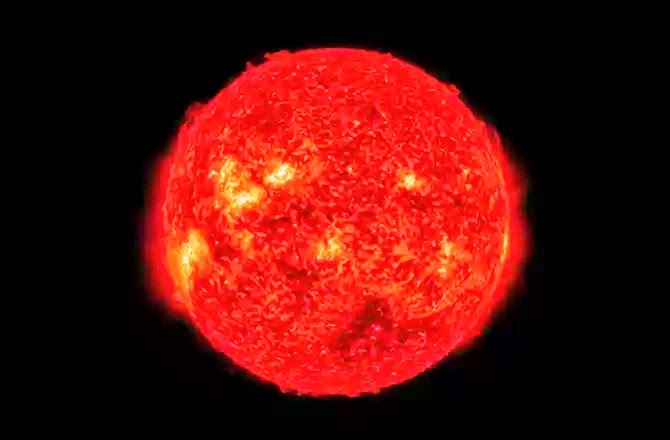Stars like the sun may end up alone but they are born in stellar nurseries, with a thousand — or a hundred thousand — siblings. Over time, the family disbands, victims of gravitational nudges and other tidings after 4.5 billion years of life in the cosmos.
Astronomers have been on the hunt for solar siblings as part of a quest to learn more about how and where the sun was born and perhaps why our star became host to a life-bearing planet.
This week, a team headed by the University of Texas reports it has found a star that “almost certainly” formed from the same cloud of gas and dust that produced the sun.
The star, known as HD 162826, is about 15 percent bigger than the sun and located about 110 light-years away in the constellation Hercules.
Scientists matched the star’s chemistry — telltale concentrations of the rare elements barium and yttrium proved particularly useful — with the sun’s chemical components. They also tracked HD 162826’s past orbits around the center of the Milky Way to discover its link with the sun.

No comments:
Post a Comment